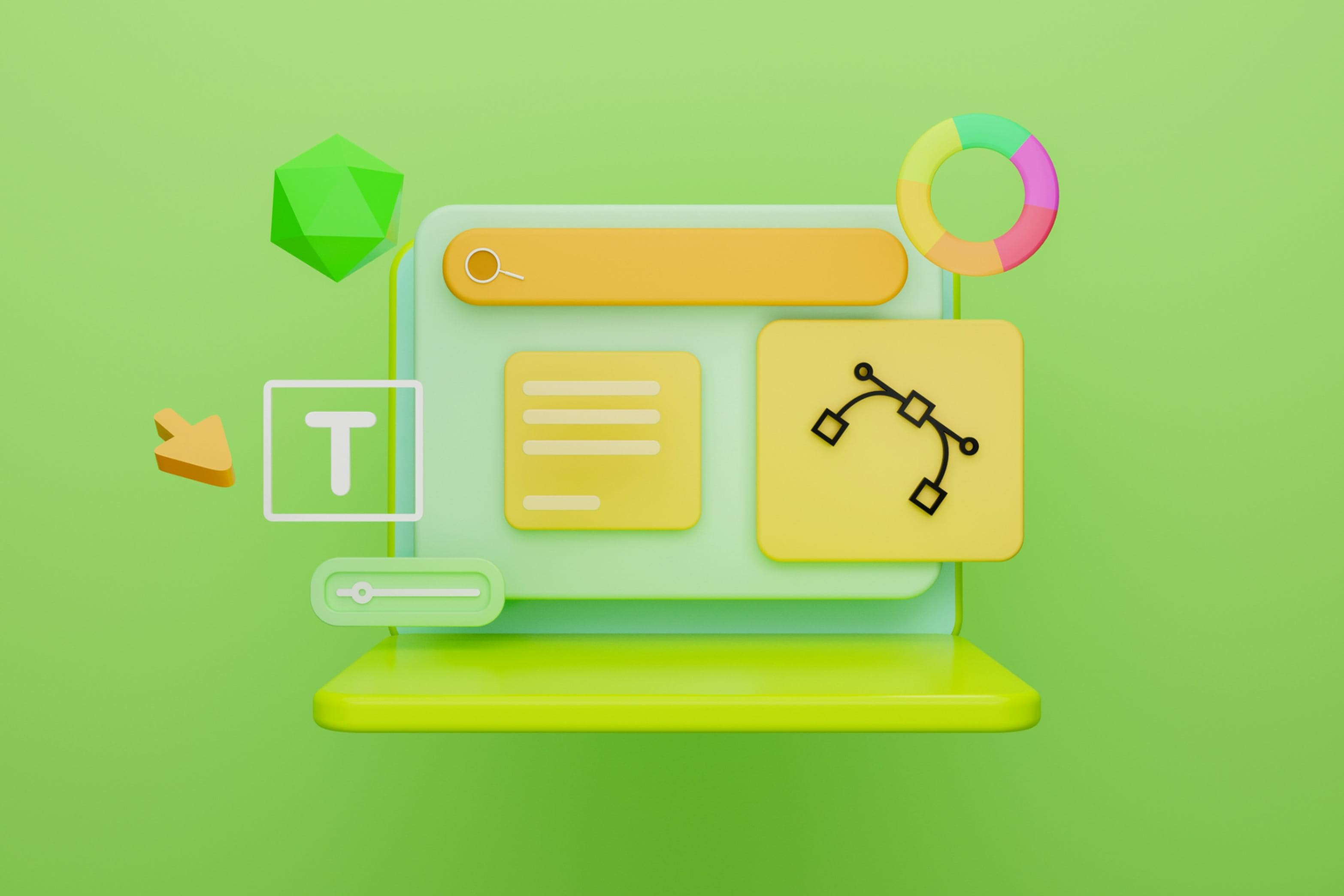
AI Tools That Personalize, Schedule, and Strengthen Brand Voice
Artificial Intelligence is not just generating content—it’s organizing it, aligning it with brand standards, and delivering it through the right channels. Tools like Jasper and Copy.ai are widely used to draft emails, social media posts, and even long-form reports. These platforms allow users to define tone, audience, and objectives, ensuring that every piece of communication fits the organization’s voice. Jasper, for example, allows users to create reusable brand voice templates, streamlining message consistency across departments and campaigns1. This is especially valuable in municipal settings where multiple teams must speak with one coordinated tone to maintain public trust.
In addition to content creation, scheduling tools like Buffer and Hootsuite integrate AI-powered recommendations to optimize post timing and channel selection. These platforms analyze past engagement data to suggest when and where to publish content for maximum visibility. For public information officers and city communications teams, this eliminates guesswork and ensures that key updates—like road closures, council meeting reminders, or emergency alerts—go live when they’re most likely to be seen. AI-backed scheduling also enables cross-platform consistency, avoiding the fragmentation that often comes with managing multiple social media accounts2.
Maintaining a Professional Tone Across All Channels
Maintaining tone and consistency is challenging when messages are created by different staff members or departments. AI writing assistants like Grammarly Business help standardize language, flag jargon, and offer tone adjustments based on the target audience. Grammarly’s tone detector can provide real-time suggestions to make a message sound more confident, empathetic, or formal—depending on the context3. This feature is especially useful for staff writing press releases, policy updates, or constituent responses, where tone can significantly influence how messages are received.
For municipalities managing communications across email, websites, and social media, AI tools can enforce brand guidelines through automation. Templates embedded with style rules, preferred terminology, and formatting standards reduce the likelihood of off-brand communication. By embedding these tools into daily workflows, municipal teams can ensure that whether an update is posted on social media or sent via email, it aligns with the city's voice and professionalism. This level of consistency builds public confidence and supports transparent governance4.
Using AI to Plan, Write, and Measure Weekly Content
One of the most effective ways to integrate AI into communications is by using it to plan weekly content calendars. Platforms like Notion AI and Trello Power-Ups can auto-generate topic ideas based on trending local issues, upcoming events, or recent analytics. These tools help teams avoid last-minute scrambles and ensure that content is timely and relevant. For example, a city’s communications office can use AI to generate a draft calendar that includes social posts, newsletter items, and press briefings aligned with the week’s priorities.
Once the plan is in place, AI tools can assist in drafting content for different platforms. A single update—like a new recycling schedule—can be written once, then tailored automatically for Facebook, Twitter, email, and the city website. This not only reduces duplication of effort but also ensures message consistency across channels. After publishing, engagement metrics from platforms like Sprout Social or HubSpot can be tracked to identify what types of content are resonating. These insights can be fed back into AI tools to refine future content strategies5.
Craft Smarter Emails with AI Assistance
Email remains one of the most direct and effective communication tools, especially for stakeholder updates, internal briefings, and resident alerts. AI-enabled platforms like Lavendar and Flowrite use natural language generation to craft concise, professional emails tailored to the recipient's preferences. These tools can analyze previous correspondence to maintain tone consistency and even suggest subject lines that are more likely to be opened. For example, a community engagement officer drafting a message to neighborhood associations can rely on AI to ensure clarity, professionalism, and timeliness.
In addition to writing, AI can help schedule and personalize email campaigns. Tools like Mailchimp and Constant Contact use predictive analytics to determine optimal send times and segment audiences based on past behavior. This allows cities to send tailored updates—for example, parking changes or zoning announcements—to only those affected, reducing noise and increasing relevance. By combining AI-generated content with smart scheduling, communication becomes more impactful and less labor-intensive6.
Building Trust Through Authentic, Automated Communication
When used thoughtfully, automation doesn’t dilute authenticity—it enhances it. By taking over repetitive tasks like drafting routine messages or scheduling posts, AI frees up staff time to focus on high-value work such as community engagement, policy development, or crisis response. The key is to use AI tools as assistants, not replacements. When human oversight and strategic direction guide automated content, the result is communication that is both efficient and genuine.
Teams that adopt AI-enhanced communication workflows often find they are better aligned internally as well. Shared tools and templates promote collaboration, reduce duplication, and clarify messaging responsibilities. This alignment is particularly beneficial in municipal organizations, where departments often operate in silos. With AI handling the routine, staff can spend more time refining the message, listening to constituents, and responding with agility. Ultimately, consistent and timely communication—powered by automation and shaped by human intent—builds credibility and trust over time.
Bibliography
Jasper. “How to Use Brand Voice in Jasper.” Accessed April 3, 2024. https://www.jasper.ai/blog/brand-voice.
Hootsuite. “Social Media Scheduling Made Easy.” Accessed March 25, 2024. https://www.hootsuite.com/products/scheduler.
Grammarly. “Tone Detector: Help Your Writing Sound the Way You Want.” Accessed March 28, 2024. https://www.grammarly.com/tone-detector.
Copy.ai. “Workflows and Templates for Teams.” Accessed April 1, 2024. https://www.copy.ai/features/workflows.
Sprout Social. “Social Media Analytics Tools.” Accessed March 30, 2024. https://sproutsocial.com/features/social-media-analytics/.
Mailchimp. “AI-Powered Email Marketing.” Accessed March 26, 2024. https://mailchimp.com/features/email-marketing/.
More from 2 Topics
Explore related articles on similar topics





